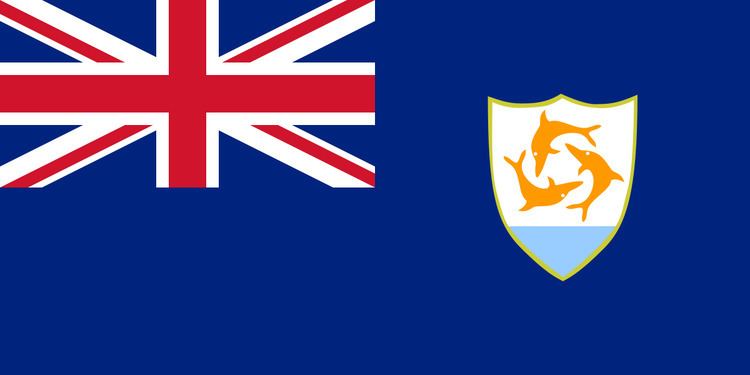Fiscal year 1 April - 31 March GDP per capita $12,200 (2008 est.) | GDP -8.5% (2009 est.) | |
 | ||
Currency East Caribbean dollar (XCD)1 US$ = 2.7 XCD (2014) Trade organisations OECS, CARICOM (associate) GDP by sector agriculture: (2.6%) industry: (24.4%) services: (73%) (2014 est.) | ||
The economy of Anguilla, which has few natural resources, depends heavily on luxury tourism, offshore banking, lobster fishing, and remittances from emigrants. Due to its small size and reliance on tourism and foreign direct investment, Anguilla is vulnerable to external economic conditions in the United States and Europe. Therefore, economic growth in Anguilla can be very volatile.
Contents
History
In the 19th century, Anguilla's major product was salt produced by evaporation on the shores of the island's lakes, which was exported to the United States. Sugar, cotton, corn, and tobacco were also grown. By the beginning of World War I, the island had been almost entirely deforested by charcoal-burners. Most of the land was held by black sustenance farmers producing sweet potatoes, peas, beans, and corn and rearing sheep and goats. Salt continued to be exported to nearby Saint Thomas, along with phosphate of lime and cattle.
Modern Anguilla has focused its development on tourism, its related construction industry, and offshore finance. The first comprehensive financial services legislation was enacted in late 1994. The island was damaged by Hurricane Luis in September, 1995, and again during Hurricane Lenny in 2000.
Anguilla's economy expanded rapidly from 2004 to 2007, before falling with the fastest speed in the world due to the 2008 financial crisis. Recovery began in 2010 and a 3.3% increase in GDP was projected for 2012.
Industry
Major industries in Anguilla include tourism, boat building, and offshore financial services. In 1997 there was an industrial production growth rate of 3.1%.
42.6 GWh of electricity are consumed, produced entirely by fossil fuel.
Agricultural products include small quantities of tobacco, vegetables, and cattle raising.
In 2011 Anguilla became the fifth-largest jurisdiction for captive insurance, behind Bermuda, Cayman, Vermont and Guernsey. The captive industry plays an ever-increasing and important part of Anguilla's financial services industry. Captive management firms, including Capstone Associated Services, have staffed offices in Anguilla in order to service the fast-growing captive insurance industry.
